Stilllife Wants To Do It All
office magazineJuly 20, 2024
by Hindley Wang
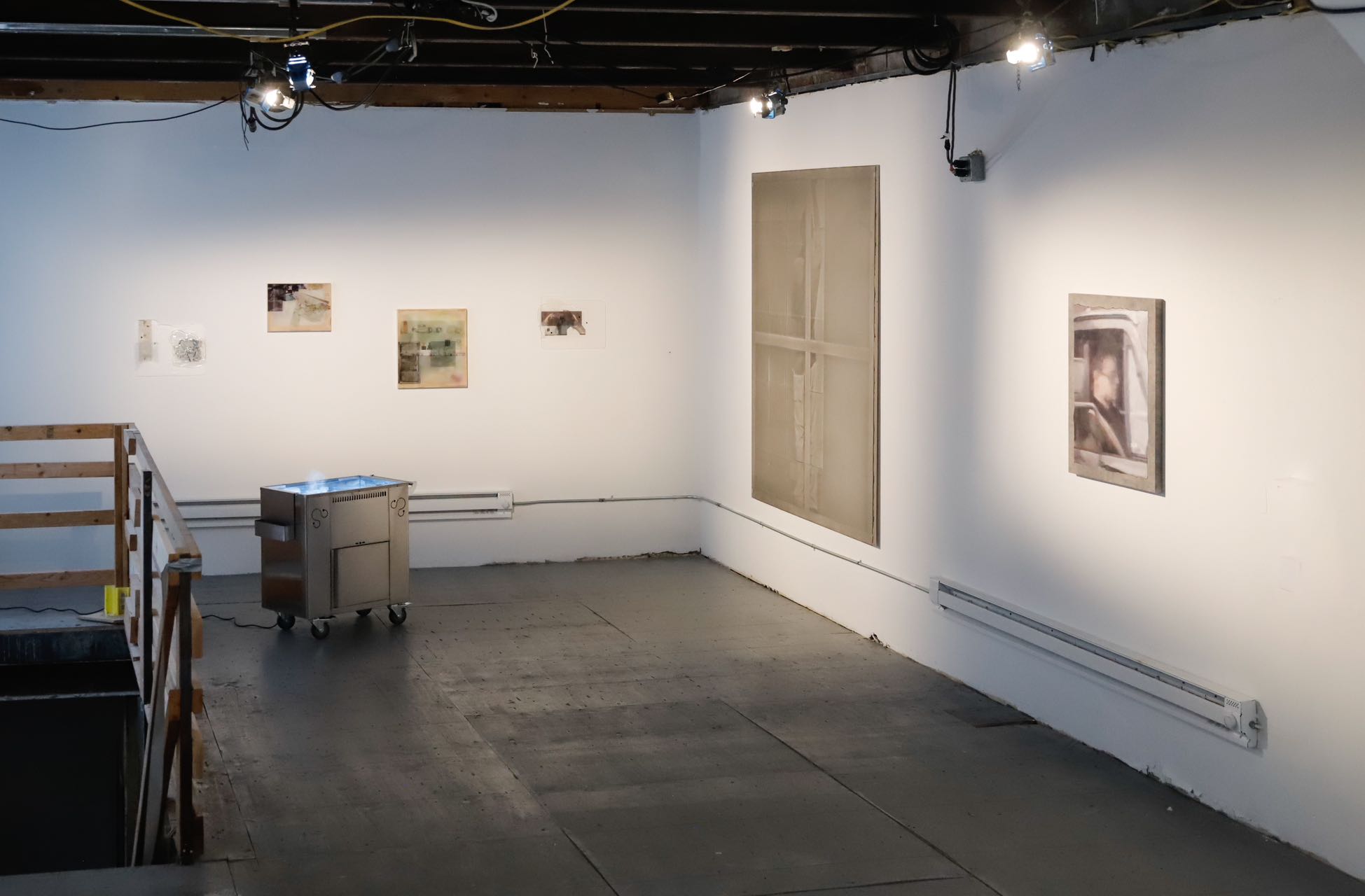
Stilllife wants to do it all. Founded during the global pandemic three years ago by international students Jeffrey Liu, Azure Zhou, Katerina Wang and Shuyang Gao, the community-focused collective has expanded from New York to Beijing, Shanghai, and Hong Kong, evolving into a digital art market platform and a social hub for art enthusiasts.
The inaugural edition of StillShow, titled Can Thought Go On Without a Body?, takes after Jean-François Lyotard’s essay of the same name, published three years after his landmark exhibition Les Immatériaux at the Centre Pompidou in 1985. Together with design theorist Thierry Chaput, Lyotard redefined art exhibitions as “manifestations,” challenging the canon and setting the stage for a future increasingly shaped by technology.
Today, nearly forty years later, the ephemeral StillShow presents artworks that confront computerized conditions as real, lived experiences rather than abstract concepts. While philosophical discussions may be notably absent, the pop-up exhibition, housed at the iconic 54 Crosby Street — once the studio of Charging Bull sculptor Arturo di Modica — offers a tangible engagement with these themes.
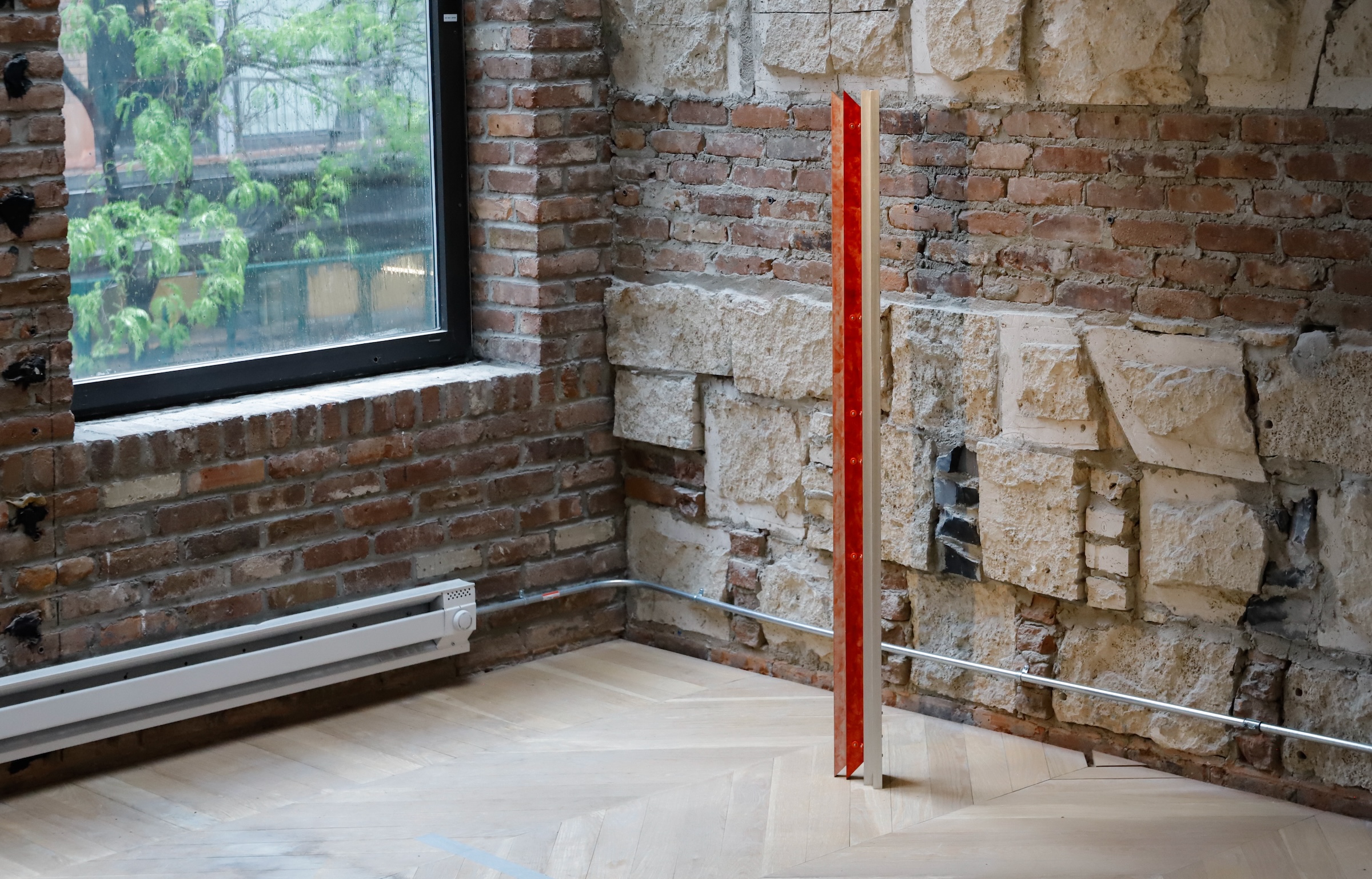
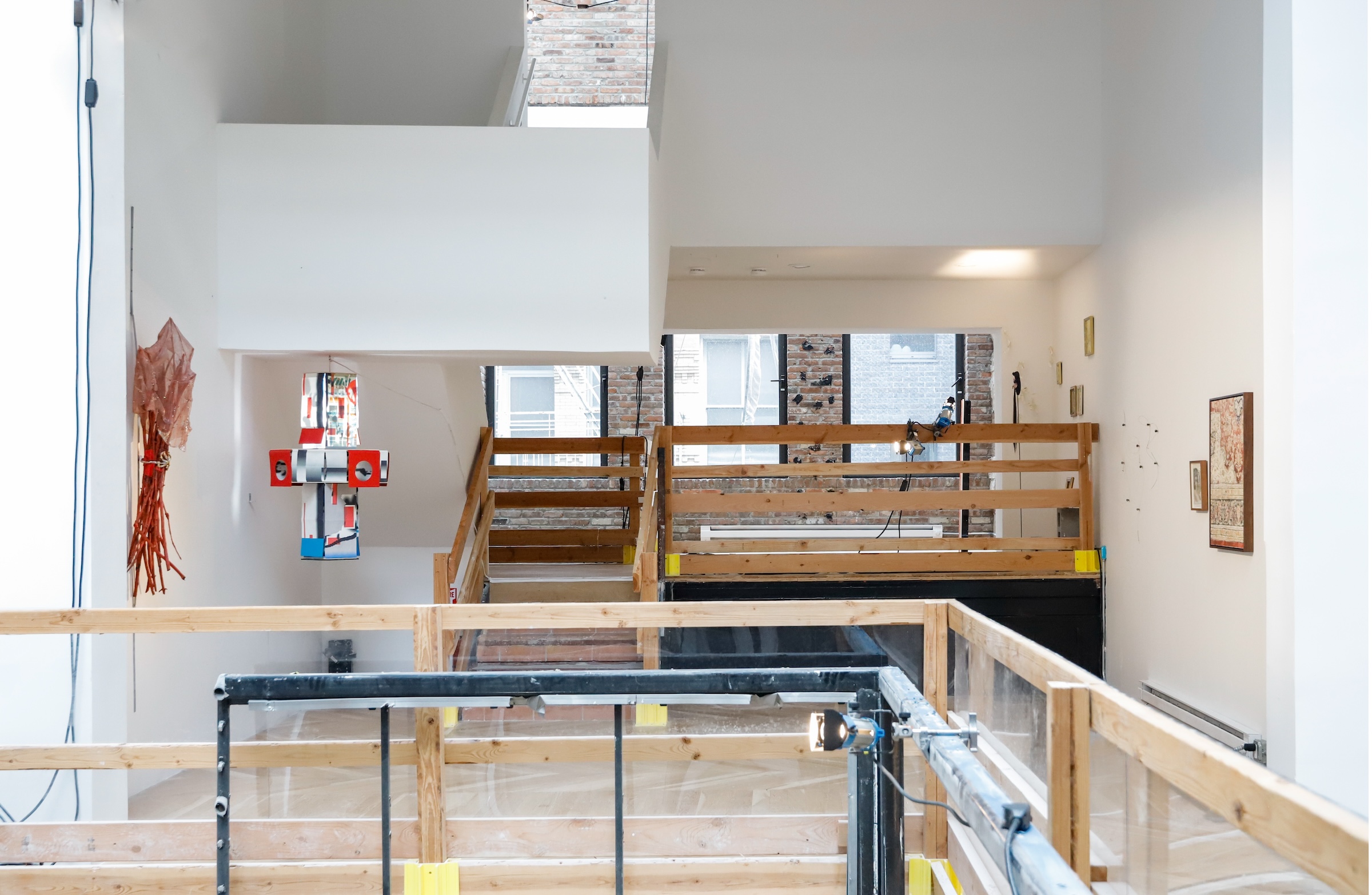
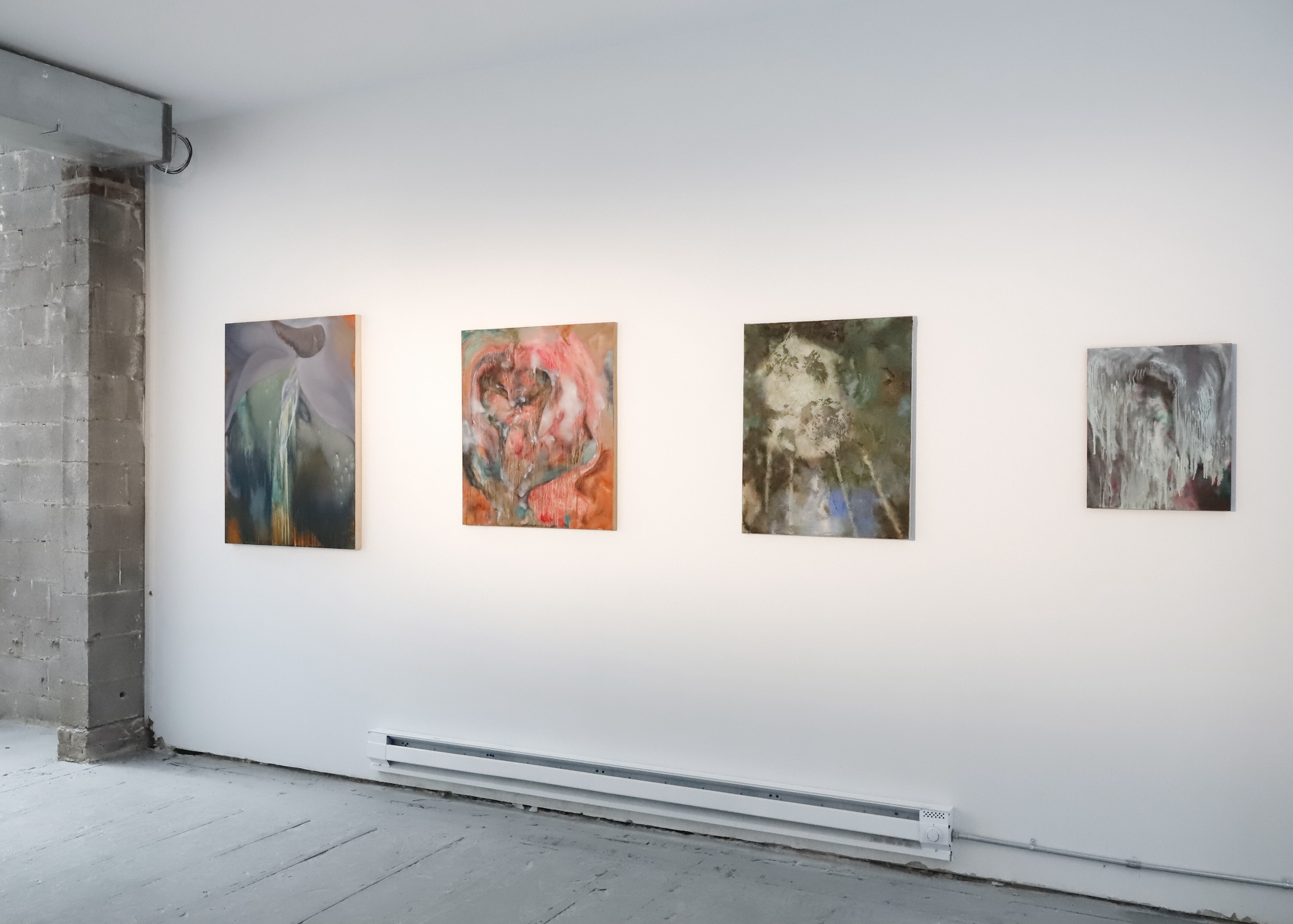
This curation, centered around posthumanist anxieties of disembodiment and technology, is recontextualized in downtown New York. Featuring many of the city’s art scene darlings, with a focus on Asian artists such as Ren Light Pan, Xingzi Gu, Yasmin Anlan Huang, and Naoki Sutter-Shudo, the show transforms the irregular layout of the four-story building into a treasure hunt of artworks amidst a backdrop of fashionable melancholia. The dimly lit space, enhanced by architectural skylights, invites close inspection by viewers.
Following her debut solo presentation at Lubov Gallery in Chinatown, Xingzi Gu presented two works in the show. On the first floor, visitors encountered Gu’s painting Untitled (Sunday Fiction), 2023, featuring a loosely drawn girl gazing up against a dreamy pastel background. Gu replaces traditional calligraphic scripts with playful pencil doodles, creating an unlikely poetic charm with a touch of spontaneous sensuality. Nearby, Untitled (Companion), 2023, is displayed in the second-tier passage next to Stephen Deffet’s Worlds in between/purification, 2024. Gu’s folk-inspired work quietly complements Deffet’s abstract panels, arranged on jigsaw playmats.
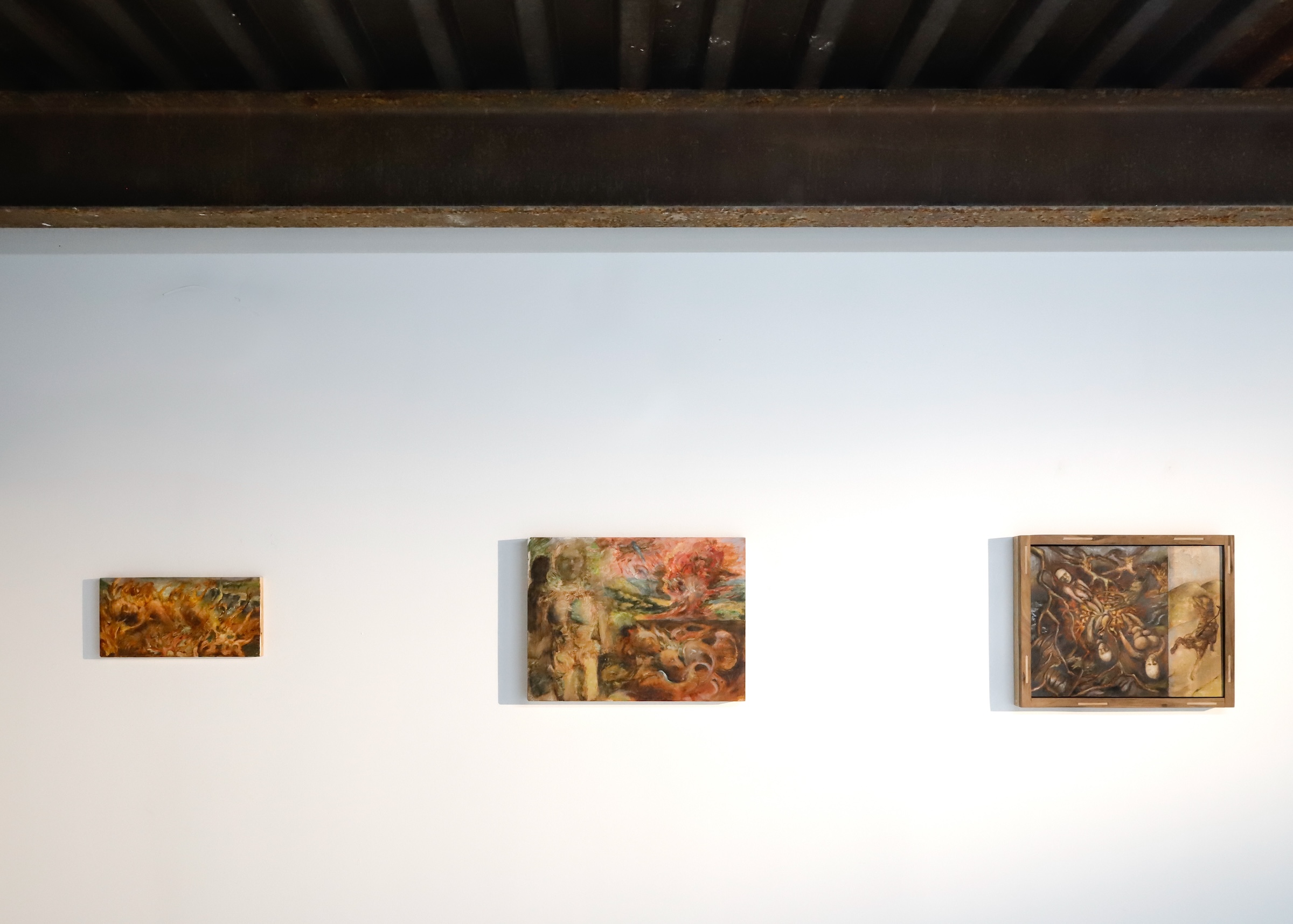
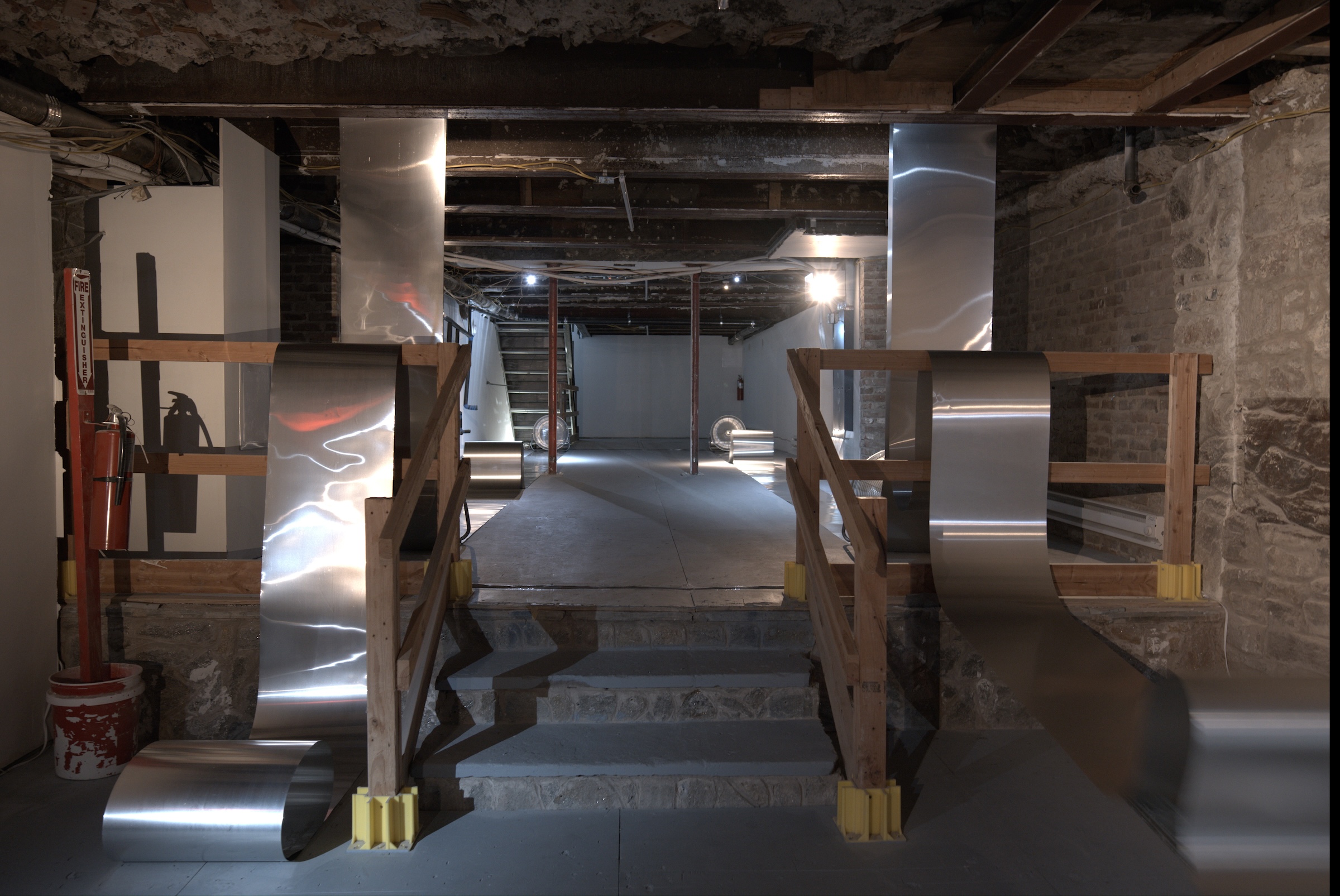
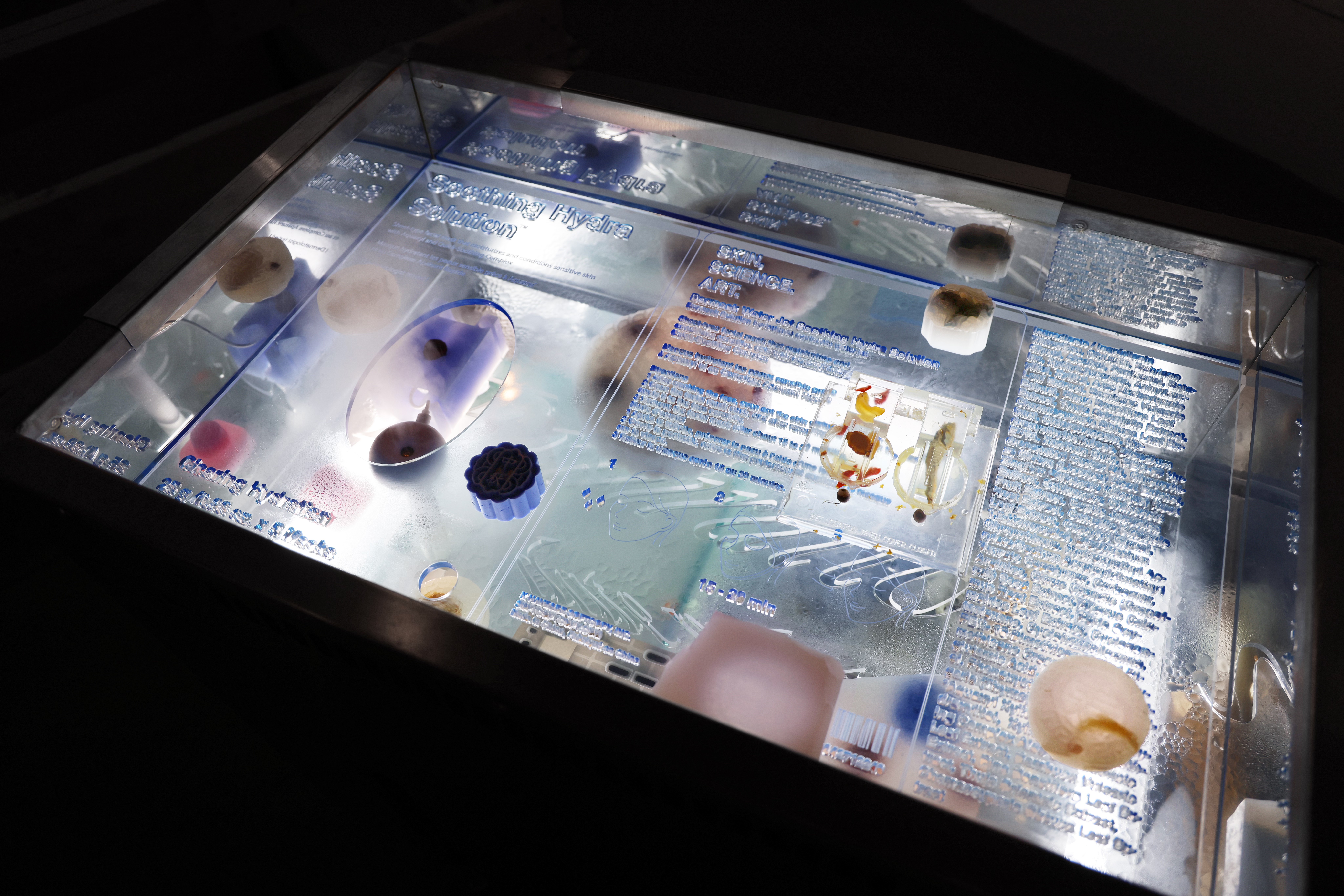
All of the works, through their different material state of being, convey a harmonious presentation of transience, ephemerality, instability, despite stylistic overlap. A pleasant surprise can also be found in the basement: Sizhu Li’s site-specific installation Pushing Hand, 2024, where aluminum sheets are suspended and draped over wooden structures, creating glistening ripples that flicker under electric fans.

While pop-up art shows remain an untapped model in the industry, this showroom-encoded, warehouse exhibition space ensured a unique corner for each visitor to explore. Credits are due to the bold individuals behind Stilllife, who are bridging the art community on an international scale. “With our current society, the missing tools for open communication is a pressing issue that I think art, especially a next-generation of artists and organizations, is uniquely adept at turning into an opportunity,” Jeffrey Liu, one of the founding members, tells office. “While the Western art world maintains a dominant voice due to its history, we aim to build a unique diasporic art world ecosystem with the growth of international East Asian trendsetters.”
Supporting this artist-driven curatorial ephemera is an expansive network of creative collaborations, such as the TikTok-viral Dragon Fest, which will partner for the upcoming StillShop. “This will be our first outdoor street art market. We are hoping to present a grand summer festival blending food, art, and lifestyle, right on our ‘quad’ at Washington Square Park North,” says Katerina Wang, NYU Alum and main stagehand for Stilllife’s cross-industry ventures.
Looking ahead, Stilllife is set to launch a fall group show in conjunction with the West Bund Art Fair and Art021. “We plan to bring a bit of New York to Shanghai with a 10-day exhibition and programming that aims to engage 10,000 art communities, artists, and collectors from around the world,” shares Azure Zhou. Sign up to the Stilllife newsletter here.